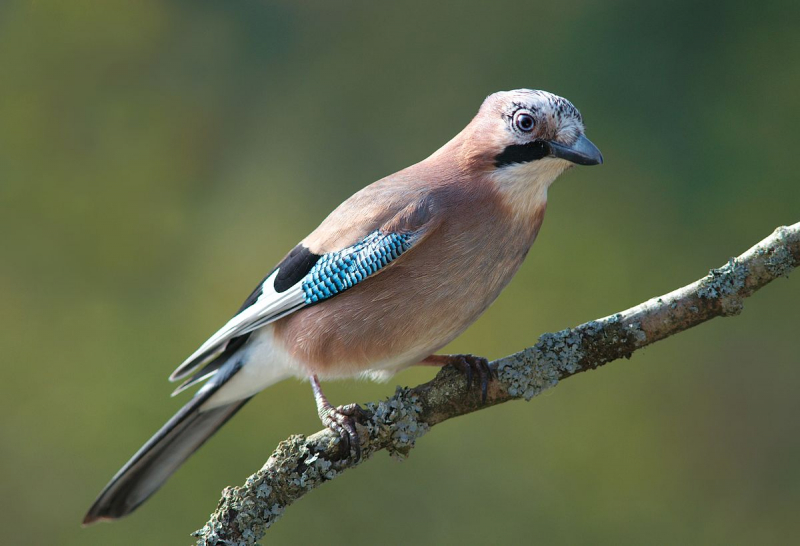Jay
The jay is a diverse and fascinating genus of birds belonging to the Corvidae family, known for its striking appearance, intelligence, and diverse ecological impact. With approximately 35 known species spread across various regions worldwide, including Europe, Asia, Africa, and North America, jays are truly remarkable avian creatures that have captured the interest of ornithologists and nature enthusiasts alike.
One of the most striking features of the jay is its vibrant and colorful plumage, characterized by a blend of blue, black, and white feathers, often accented by eye-catching patterns. These colors are not only aesthetically appealing but also serve as effective camouflage in the dense woodlands and forested habitats where many jays are found. The bold and striking appearance of the jay makes it easily recognizable and a sought-after sight for birdwatchers.
The jay's intelligence and adaptability are also noteworthy, as these birds have exhibited remarkable problem-solving skills and complex social behaviors. They are known to be highly vocal, utilizing an extensive array of calls and vocalizations for communication within their social groups and to warn of potential threats. Additionally, jays are recognized for their cleverness in caching food, using their spatial memory to hide and retrieve nuts and seeds for later consumption. This behavior not only showcases their cognitive abilities but also plays a vital role in the dispersion of plant seeds, contributing to the regeneration of forested ecosystems.
In terms of ecological impact, jays are considered important contributors to the balance and diversity of their respective habitats. Their foraging behaviors, particularly their role as seed dispersers, influence the regeneration and diversity of plant species. Furthermore, jays are known to feed on a variety of invertebrates, contributing to the regulation of insect populations. Their intricate ecological relationships and foraging habits make them valuable components of forest ecosystems.
















